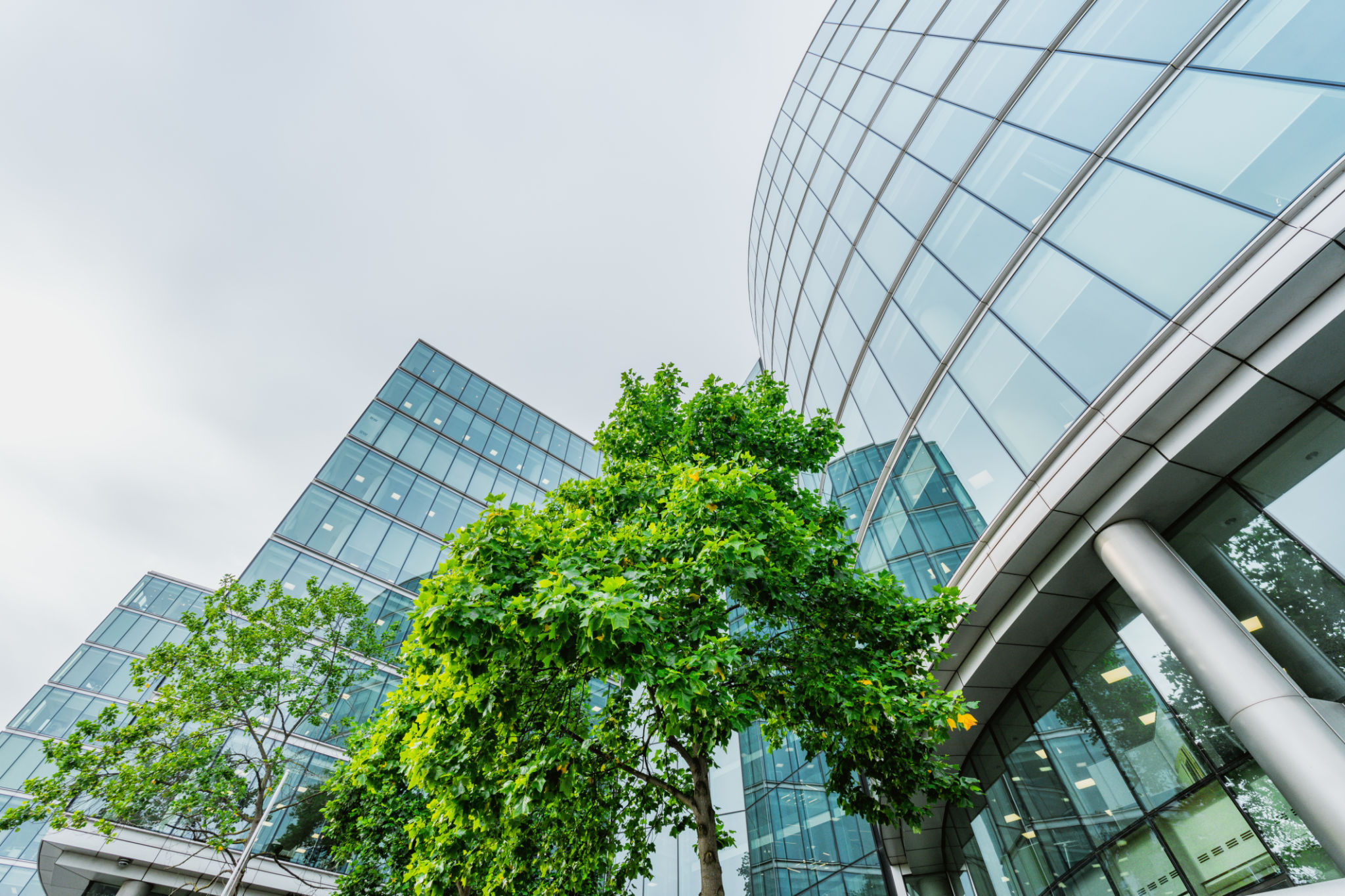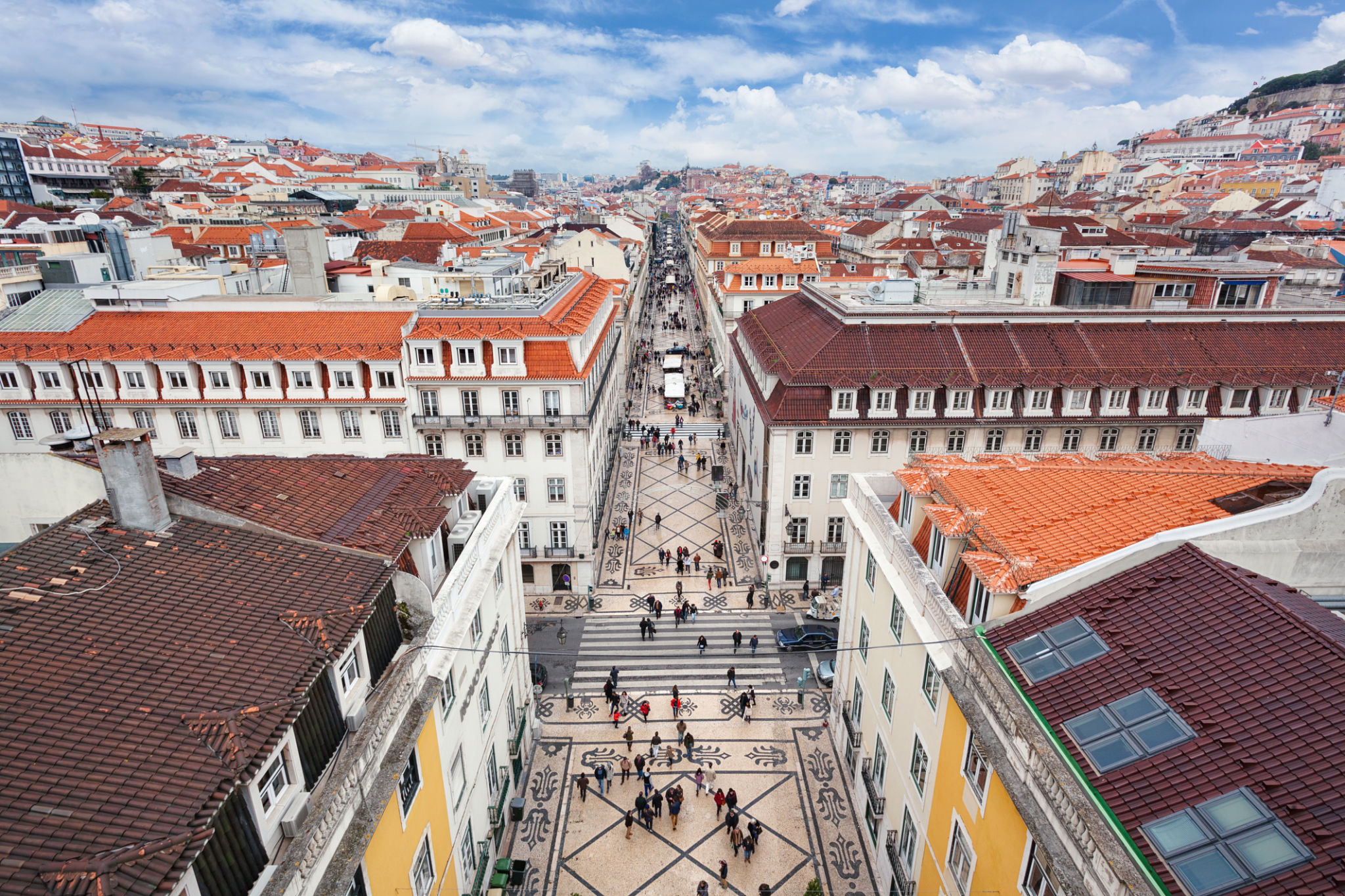A Guide to Sustainable Architecture Practices in Lisboa
Understanding Sustainable Architecture
Sustainable architecture is a design philosophy that seeks to minimize the negative environmental impact of buildings by enhancing efficiency and moderation in the use of materials, energy, and development space. In Lisboa, this approach is gaining traction as architects and city planners strive to balance modern living with the preservation of the city's cultural heritage.
Incorporating sustainable practices into architecture involves a thoughtful selection of materials, energy-efficient technologies, and innovative design strategies. By prioritizing these elements, Lisboa aims to create urban spaces that are not only environmentally friendly but also enhance the quality of life for its residents.

Key Principles of Sustainable Architecture
Energy Efficiency
One of the core principles of sustainable architecture is energy efficiency. In Lisboa, buildings are increasingly being designed to reduce energy consumption through the use of solar panels, efficient insulation, and natural ventilation systems. These measures significantly lower the carbon footprint and contribute to a more sustainable urban environment.
Use of Sustainable Materials
The choice of building materials plays a crucial role in sustainable architecture. In Lisboa, architects are opting for materials like recycled wood, bamboo, and locally sourced stone. These materials not only reduce environmental impact but also blend seamlessly with the city's historic aesthetic.

Water Conservation Strategies
Water conservation is another vital aspect of sustainable architecture in Lisboa. Innovative systems such as rainwater harvesting and greywater recycling are being integrated into building designs to minimize water waste. These systems ensure that water usage is optimized, addressing one of the major environmental concerns in urban areas.
Green Roofs and Vertical Gardens
Green roofs and vertical gardens are becoming popular sustainable features in Lisboa's architectural landscape. These installations help regulate building temperature, improve air quality, and provide green spaces in densely populated areas. They also support biodiversity by creating habitats for various plant and animal species.

Urban Planning and Community Involvement
Sustainable architecture goes hand-in-hand with thoughtful urban planning. In Lisboa, there is a concerted effort to involve local communities in the planning process to ensure that developments meet their needs and preserve cultural identity. This collaborative approach fosters a sense of community ownership and ensures long-term sustainability.
Transportation and Mobility
Transportation is a critical component of sustainable urban planning. Lisboa is enhancing its public transportation systems and promoting cycling and walking paths to reduce reliance on cars. By improving accessibility and connectivity, the city aims to decrease traffic congestion and lower emissions.

The Future of Sustainable Architecture in Lisboa
As Lisboa continues to grow, sustainable architecture will play an increasingly important role in shaping its future. By embracing innovative design solutions and integrating sustainable practices, the city is setting an example for other urban centers worldwide. This commitment not only benefits the environment but also enhances the overall well-being of its residents.
In conclusion, sustainable architecture in Lisboa is not merely a trend but a necessary evolution towards a more resilient and livable city. By prioritizing sustainability, Lisboa is paving the way for a future where urban development harmonizes with nature.
